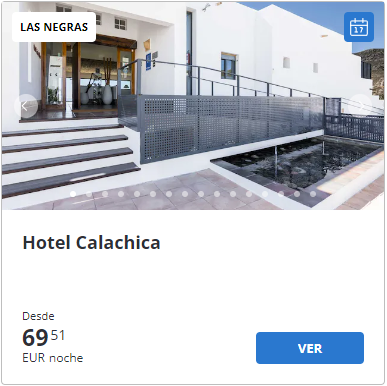The Camino de Santiago brings together millions of travelers every year and is a symbol of our homeland. Throughout its kilometers you can find incredible places of meeting and cultural discovery. The Cathedral of Almeria is linked to the Cathedral of Santiago de Compostela, from end to end of the peninsula, for 1353 kilometers of Camino de Santiago. Both cathedrals are very different from each other but even so they are constructions whose inspiration to raise them came from the same purpose: to unite through the famous Camino de Santiago the same cultural, tourist, social and religious feeling of the two cities.
The Mozarabic route of the Camino de Santiago is called the maximum diagonal of the Iberian Peninsula, if we observe it drawn on a map it gives vertigo just thinking about the kilometers they are. The diagonal offers pilgrims an unparalleled journey where they will see nature in its purest state and see first-hand the landscape richness that our country has: sub-desert landscapes with the greenery of meadows and riverbanks, all surrounded by history of splendor from different eras.
The Roman Portus Magnus, over the centuries has become the Mariyat Bayana (the watchtower of Bayana), which was the place where at that time it was, just a few kilometers upstream of the river Andarax, the anchorage and watchtower of the Muslim city. Currently, in this environment there are two populations: El Chuche and Pechina. However, Bayana went into decline over time, at the same time that the importance of Al-Mariyat began to grow, until in 955 the caliph Abderramán III ordered to wall it and urged to build his residence in the Alcazaba of Almería and the Great Mosque, which is the current Church of San Juan.
At that time the city of Almería was born, which became part of Castile with the Christian reconquest in 1489. In the historic center of Almeria you can take pleasant walks through its pedestrianized streets and you can get to know the main monuments of the city: the Alcazaba, the Church of San Juan, the Cathedral-fortress, the Plaza Vieja or the English Cable, along with many other elements of interest.
If you start the road leaving Almeria you will pass through the valleys of the Andarax and Nacimiento rivers to go to Guadix and Granada along the ancient Roman and Muslim roads. It is worth seeing because you will find, almost unintentionally, beautiful corners full of culture and history. The path, beyond the religious beliefs of each one, is a way to find oneself, to have time to think while you can discover more about the history of the roots of Spain.
In short, the Mozarabic route, which connects with the city of Santiago de Compostela, is one of the most original ways to get to know the city of Almeria, to meet its people and enjoy their hospitality, to travel little by little the history of this beautiful land and to enjoy all its culture: gastronomy, landscapes, cinema, music and much more.



